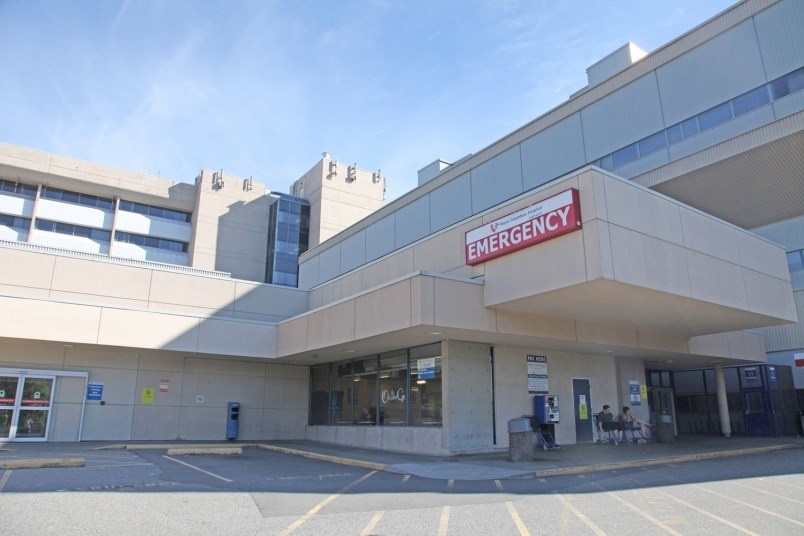If you work at or visit a hospital, you’ve probably heard the overhead paging system calling staff.
While paging is helpful to mobilize people quickly in critical situations, it can also become background noise for the majority of people working and visiting.
To help solve this problem, Dr. Jonathan Braunstein, an emergency physician at Royal Columbian Hospital, had an idea and a goal: reduce the overhead calls in the emergency department at RCH by 25 per cent in just four months.
“We knew from previous studies that noise has a negative impact on clinicians and can impair sleep for patients,” Braunstein said, in a news release. “What we didn’t know – and what we set out to do – was find out how to reduce departmental noise and which techniques work best.”
Braunstein worked with his emergency department colleague Dr. Doug Brown, and Abigail Holder, a clinical resource nurse. The team was involved in an earlier pilot project that used encrypted messaging to allow health-care providers to communicate with patients through video and messaging without having to go into their room.
This helped improve communication while limiting exposure to patients and reducing the need to don and doff protective gear.
For this project, the research team collected baseline data on the number of overhead calls. They found that the most commonly called staff are housekeepers, followed by nurses, care aids and physicians.
Then, they developed ways to minimize overhead calls for each group by moving to a secure messaging app with targeted communication channels.
“Even though we faced some technological challenges, we were able to not only meet, but exceed our goal of reducing overhead calls by 25 per cent,” Braunstein says. “We also improved communication between our various staff groups, which was a gap we hadn’t previously identified.”
Next steps include supporting and encouraging physicians and other staff to continue using secure messaging in clinical practice and to reduce interruptions and overhead calls.
“This project verified that we are able to adapt and use new tools to improve communication within our hospitals, which is better for staff and patients,” Braunstein says.



